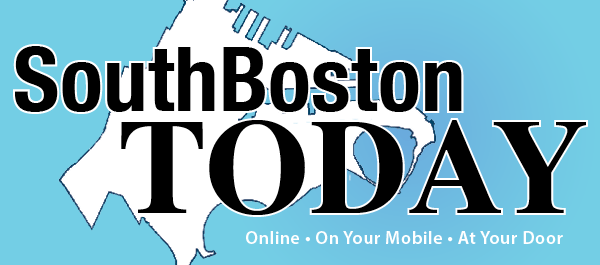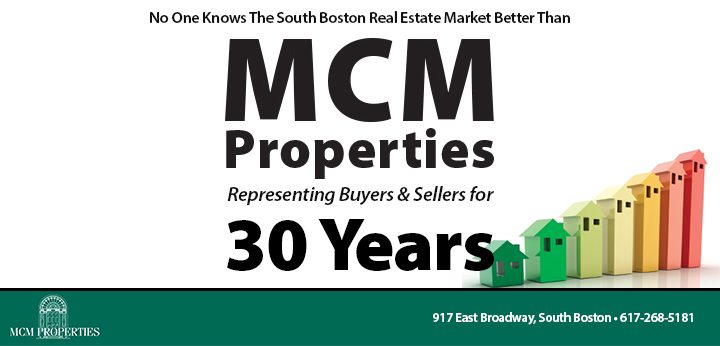Development continues and the effect on traffic is increasingly evident. Elected officials are all working on solutions, but it seems an overwhelming task.
The Seaport has been taking shape and looks to be an extension of downtown Boston. The Northern Avenue bridge reconstruction and design process has been met with mixed opinion by pedestrian and bicycle-oriented advocates and the corporate interests that provide employment along the Boulevard seeking improved bus access, as well. Both seek reduced automobile traffic. Some see Seaport construction of new buildings as only for the wealthy, but others express how appealing it is to travel there for their jobs, despite the commute.
However, for the rest of South Boston, they are adding up the future plans for the former Bayside Expo Center site at UMass Boston, projects at the Flynn Industrial Park and the Convention Center area, the Edison Plant, the chronic Kosciusko Circle dilemma and the ingrained daily travel behavior during the rush hour commute that takes drivers through the streets of South Boston. To them, it seems unmanageable.
While several stakeholders including the City of Boston, the MBTA, the Department of Transportation, transportation experts, advocacy groups and south Boston Civic Organization have all identified the issue as “mission critical”, the question remain – who is at the helm insuring that pet projects, vested interests and the community result in an achievable, fair and affordable long term plan that also addresses short tern needs. As stated, it is an overwhelming task, but South Boston wears its impact every single day. And will forever and ever.
Currently, there are more than 24 projects approved by the Boston Planning & Development Agency and under construction in South Boston and by the waterfront. South Boston is in a Catch-22 – really popular but a lot of traffic. One of the mistakes with Seaport, in hindsight, is that there was active public transit in the beginning but it’s not adequate and close enough to where a lot of the dense development is occurring. Commercial real-estate firm Cushman & Wakefield in its 2018 reports on trends, market data and analysis state that the Seaport is a tenant magnet for companies looking to open in Boston and shows no sign of abatement. It is quotes therein that, “Demand shows no signs of abatement — particularly in the Seaport. Economists may be watching for a slowdown, but all signs in Boston point to continued strength … As the pace of downtown leasing continues to accelerate, we are seeing effective rents rise monthly. This is especially true in the Seaport where triple net leases are rapidly becoming the norm and yearly rent escalations of a dollar per square foot have been replaced by 3% annual increases.”
WGBH recently reported on the draft plan released by the Massachusetts Department of Transportation and MBTA, titled Focus40, that lays out plans for the MBTA for the next 20 years, and the report says it “reflects what the region will need to be sustainable, livable, equitable, and economically competitive.”
In addition to high priority hubs in the transportation network, the 65-page report also focuses on “other priority places” that need and can support higher quality transit: Kendall Square, Logan Airport, the Longwood Medical Area, and the South Boston Waterfront. Also considered priority places for future transit growth are communities lacking rapid transit like Dorchester, Mattapan, Roslindale, Roxbury, South Boston, Everett, Chelsea, and Revere, and the urban gateways of Lynn, Salem, and Waltham. But transportation advocacy groups like A Better City, told WGBH News that although it encourages all discussion of transportation issues, it is concerned that the Focus40 Report is “not as detailed and substantive as it should be,” and fears “it just may end up on a shelf.” The document “may be relevant in terms of ideas,” said its CEO Rick Dimino, “but has no financial resources or commitment to do anything.” It also expresses disappointment that the Focus40 plan doesn’t mention proposals already on the books, like extending the Silver Line to the Seaport District and the future of the West Station commuter rail stop in Allston.
Meanwhile, South Boston shoulders the short-term impact. Stay tuned and become involved is the only advice available right now.














